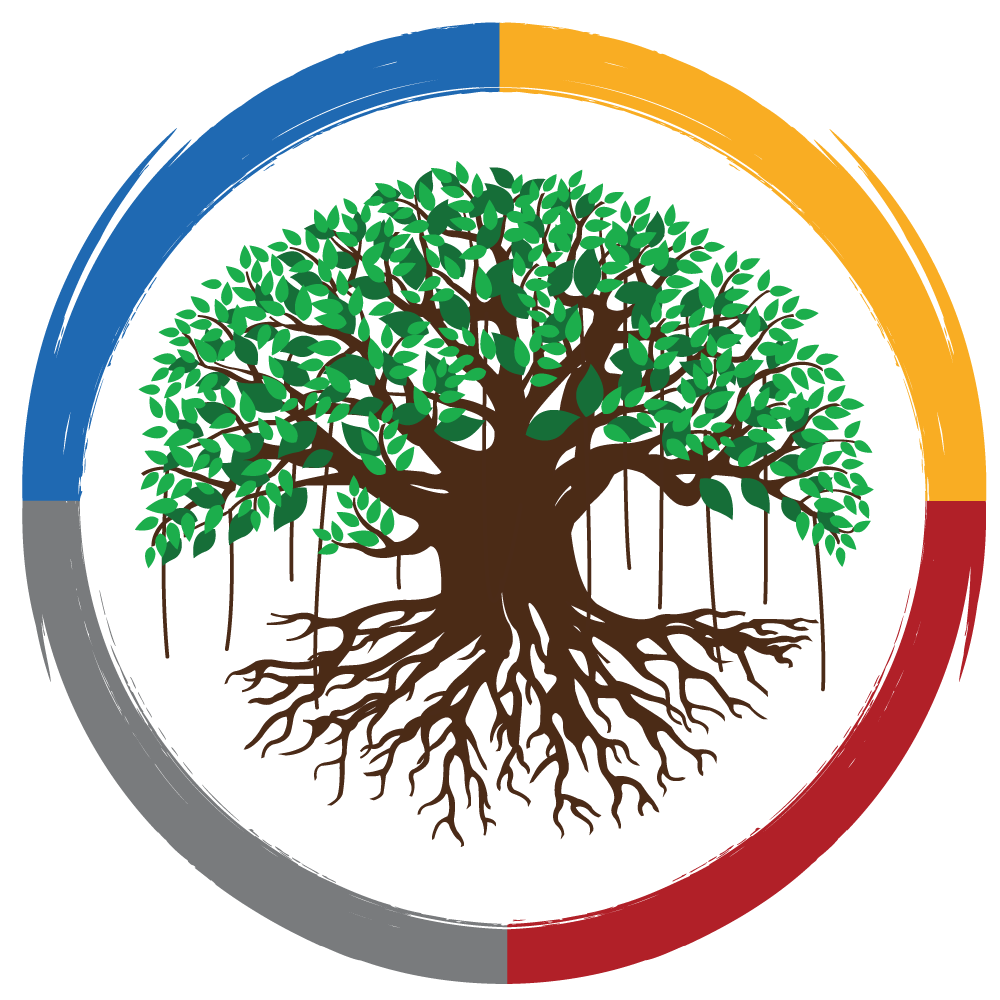
Our Frameworks, Our Lives, and the Paths We Follow
Archetypes, Epitomes, and Stereotypes
Written in 2016 by Robert J. Escandon, M.A., C.Ht.
Carl Jung, a Swiss psychotherapist known for his work with archetypes, suggests that there are psychological frameworks that illuminate patterns in human behavior. According to Jung, an archetype is a universal framework, sometimes referred to as a stereotype or epitome. In his work, the Archetypes of the Collective Unconsciousness, Jung explains that archetypes for the most part encompass a series of generic personality traits that help identify themes within groups of people, referring to them as data banks for the unconsciousness to pick and choose from. Archetypes are present in mythology and can also be found in early history within the Neolithic cultures, according to Marija Gimbutas, an Archeologist known for her research in the cultures of the Neolithic Age. Jung suggests that mythological archetypes are a part of the mind’s collective unconsciousness.
Jung proposes that archetypes are part of a design that represents an instinctual behavior within people. Jung based a lot of his research on Plato, a famous Greek philosopher and mathematician, who spent a great deal of time studying archetypes and frameworks. Plato suggests that archetypes, or as he referred to them as the eidos, are found deeply rooted within a person. They are part of a collection of thoughts and dreams that are imprinted in the soul, according to Plato. In Plato’s Theories of Forms, Plato describes that these forms and frameworks were like universal blueprints of the soul. These blueprints, according to Plato, are perfect in form, unchanged, and serve as a constant source of reference for humans. It is through human expression that these forms take life. These frameworks are formulated ideas that are believed to be part of the human experience from a very early age.
Robert L. Moore is a Jungian psychologist that has a private practice and serves as a Professor of Psychology, Psychoanalysis, and Spirituality at the Graduate Center of the Chicago Theological Seminary. Moore has written various books on the subject of archetypes, mainly basing his data on the findings of Jung and from his own private practice. Moore narrows down the archetypes into four basic types: the King/Queen, the Warrior, the Magician, and the Lover. The first archetype is that of the King/Queen, which represents the upholding of justice, a deep sense of meaning, creation and order. The Magician references transformation, healing, inner work, and awareness. The Lover references being vulnerable through emotion, impulsivity, and compassion. The Warrior, according to Moore, is aggressive, caught up within his own actions, cruel and self destructive. However, the Warrior is also brash, self-disciplined, and goal oriented. The Warrior often appears throughout mythology as a person with a strong sense of justice and the devotion to defend those in need. A Warrior’s sense of loyalty will dictate that they will stay until proposed goals are completed. The Warrior’s actions are usually dictated by others who may or may not be in direct control of the Warrior. Warriors have a strong sense of self, they are tenacious, sometimes vengeful, and very strong; and, they will attain their goals however they deem necessary whether they walk the path of light or that of its darker shade. According to Moore, the Warrior is one of the most important archetypes as it reveals traits that most humans can relate to.
About the Author
Mr. Escandon is a graduate of Saint Thomas University, holds a Masters in History and Culture and has been a therapist for over 20 years. Mr. Escandon is a certified Hypnotherapist and also holds certifications in both Life Coaching and NLP (Neurolinguistic Programming). Robert is also an award winning filmmaker, writer, and avid martial artist; and, he has often stated, “I still believe that Bruce Lee is one of the greatest thinkers of our time.”

Leave a Reply